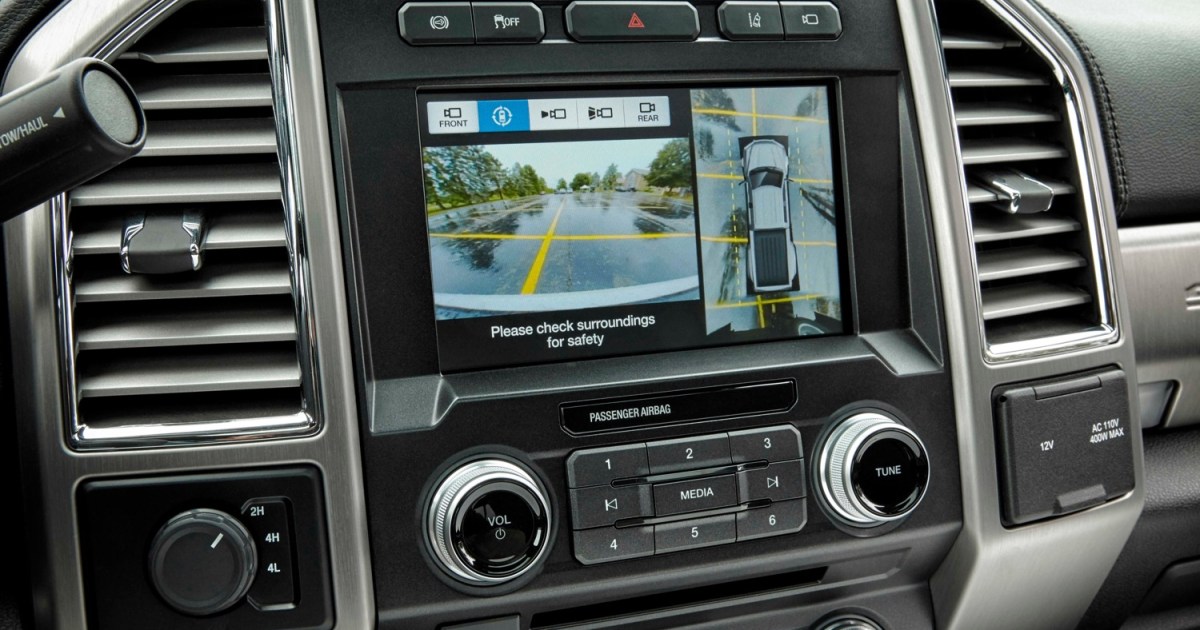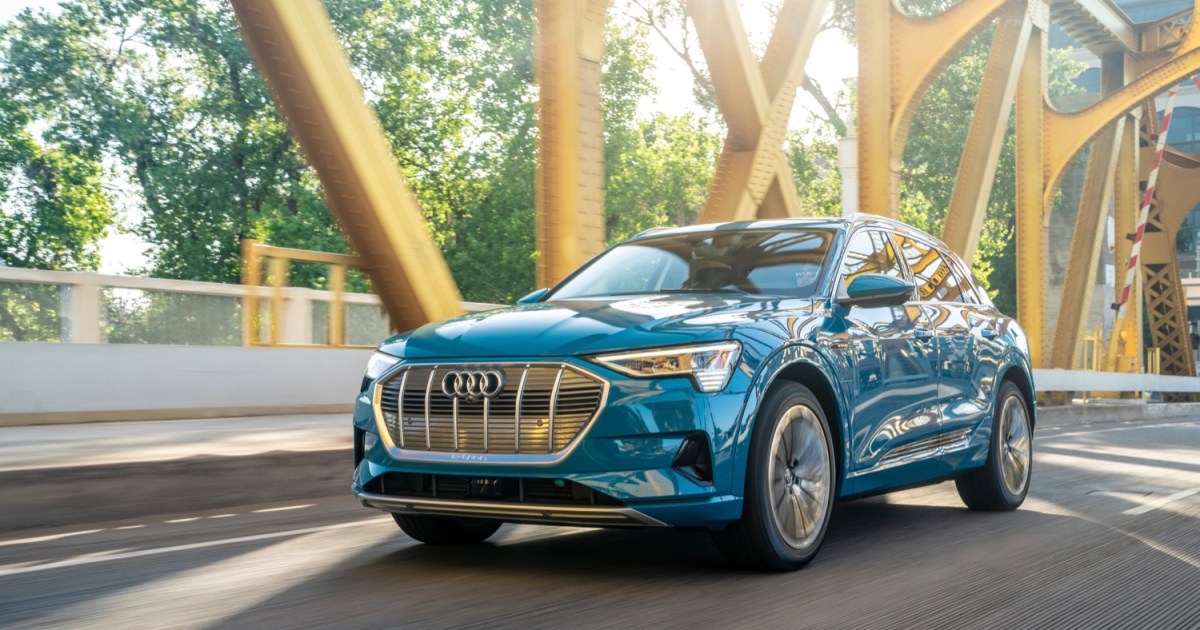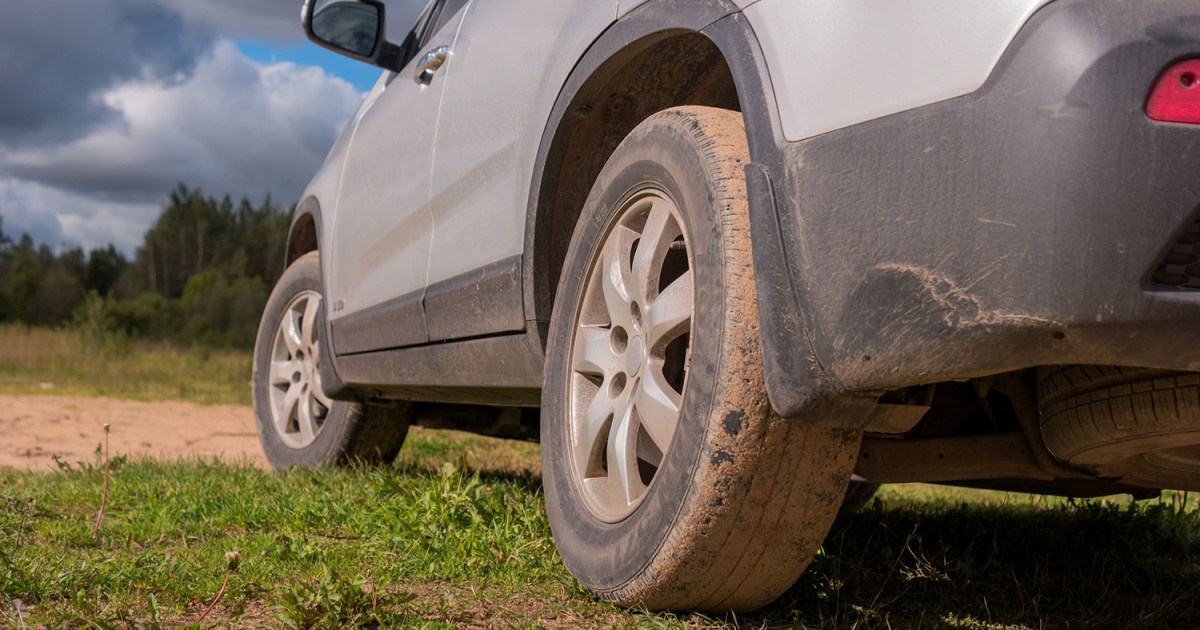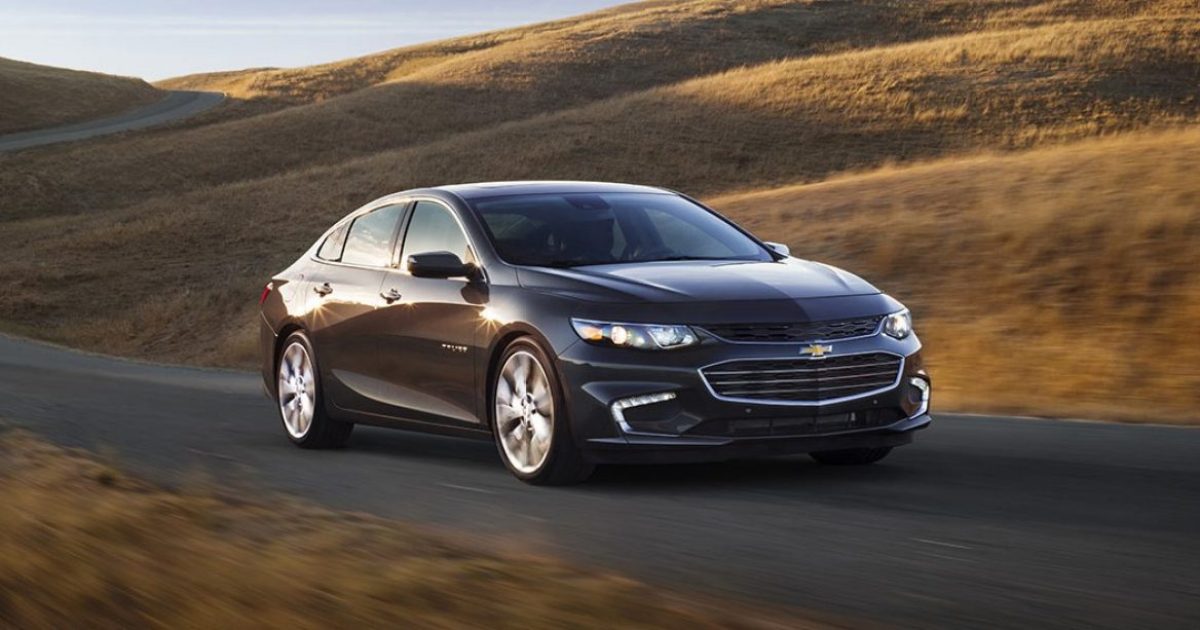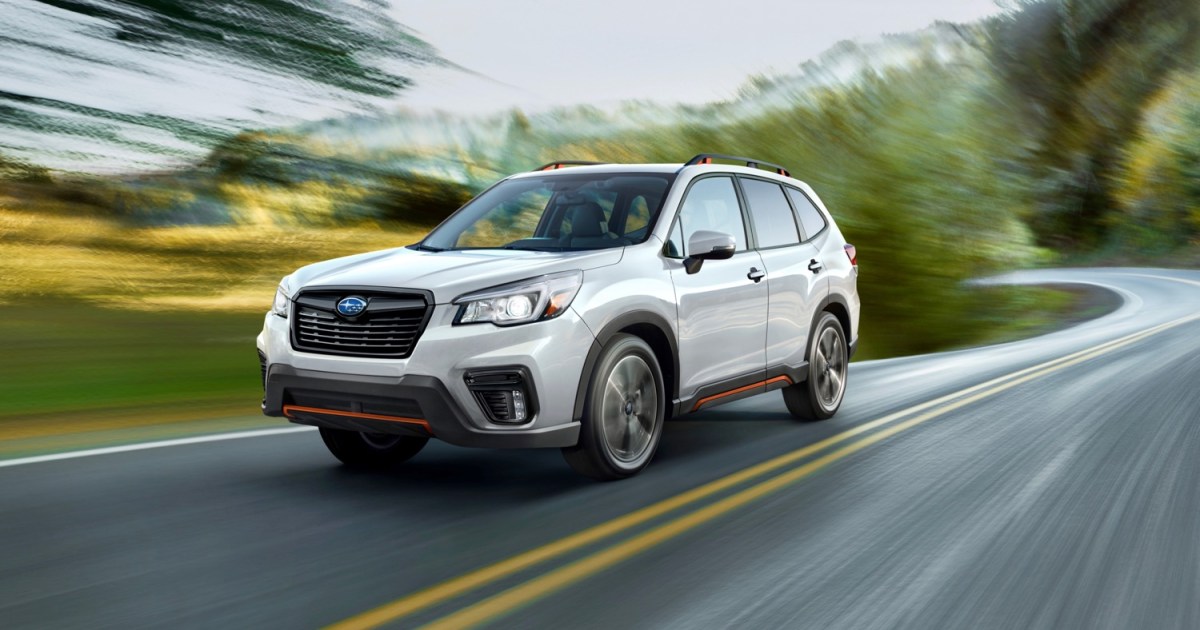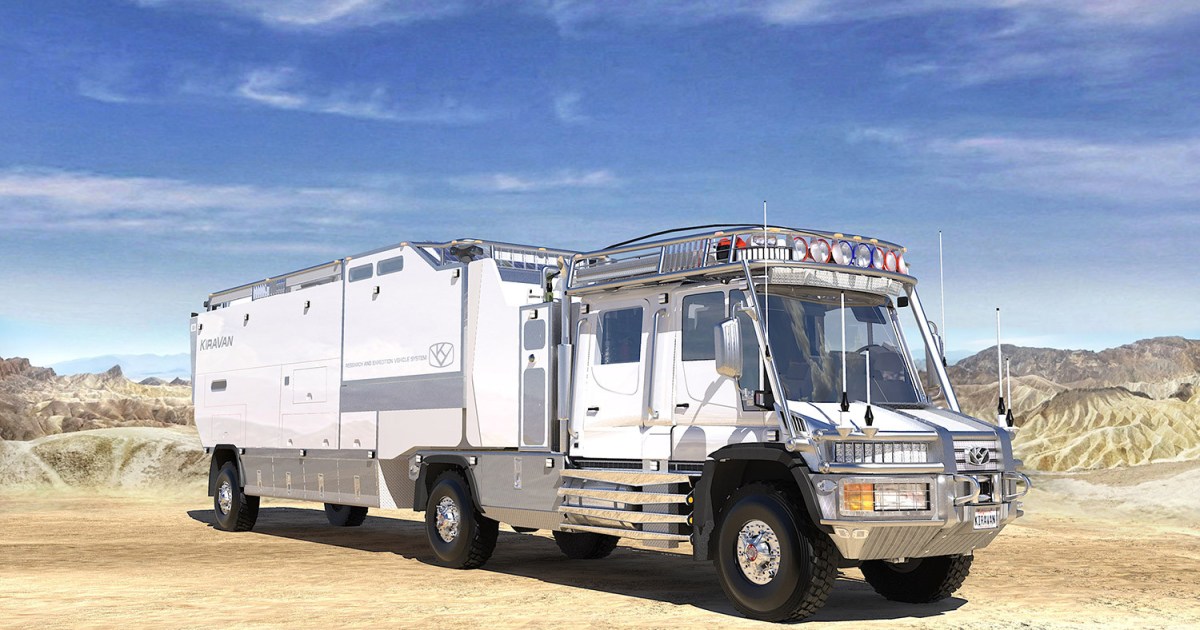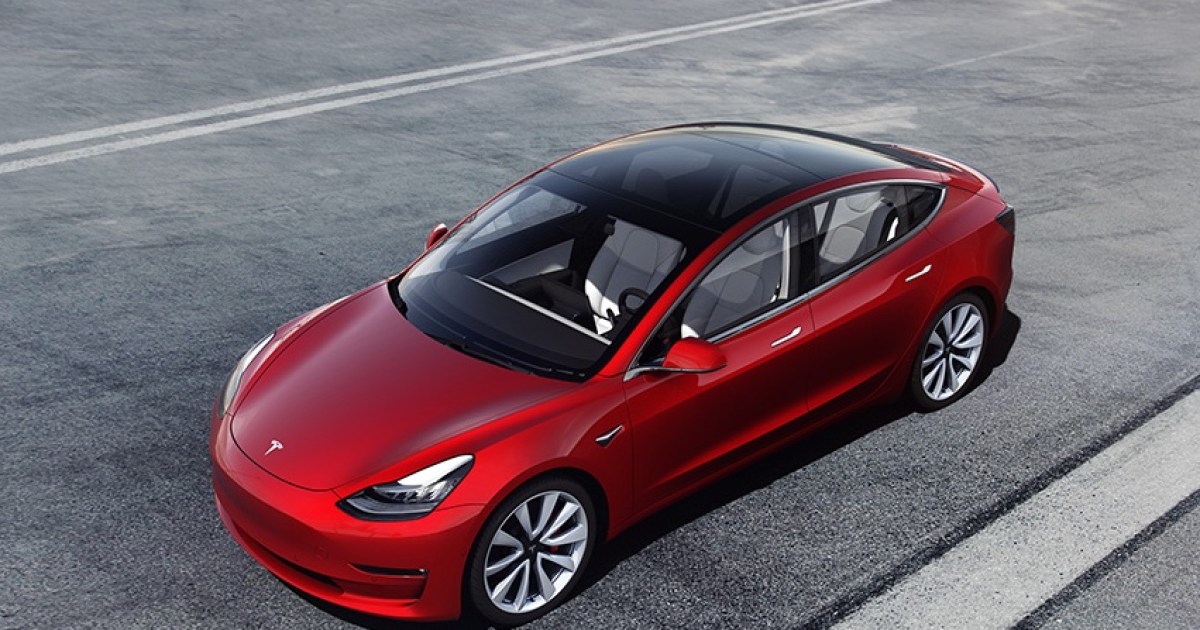Parking can be a stressful experience, even for seasoned drivers. Fortunately, automakers have developed a range of backup and parking technologies to simplify the process. If you’re considering a new car, understanding these features is essential.
Backup and Parking Assist Systems: A Comprehensive Overview
Car parking systems generally fall into two categories: cameras and assist systems. Backup cameras, typically located on the trunk or rear hatch, transmit video to the car’s infotainment screen. These cameras vary in features, from basic displays to advanced systems with dynamic gridlines that show the car’s projected path. Some automakers even offer 360-degree camera systems, using multiple cameras to create a bird’s-eye view of the vehicle and its surroundings.
Parking assist systems use sensors in the bumpers to detect nearby objects, alerting the driver with audible beeps. More sophisticated systems include rear cross-traffic alerts, warning drivers of approaching vehicles when backing out. Some systems can even automatically apply the brakes to prevent collisions. While fully autonomous parking features are emerging, they are not as widely available as backup cameras.
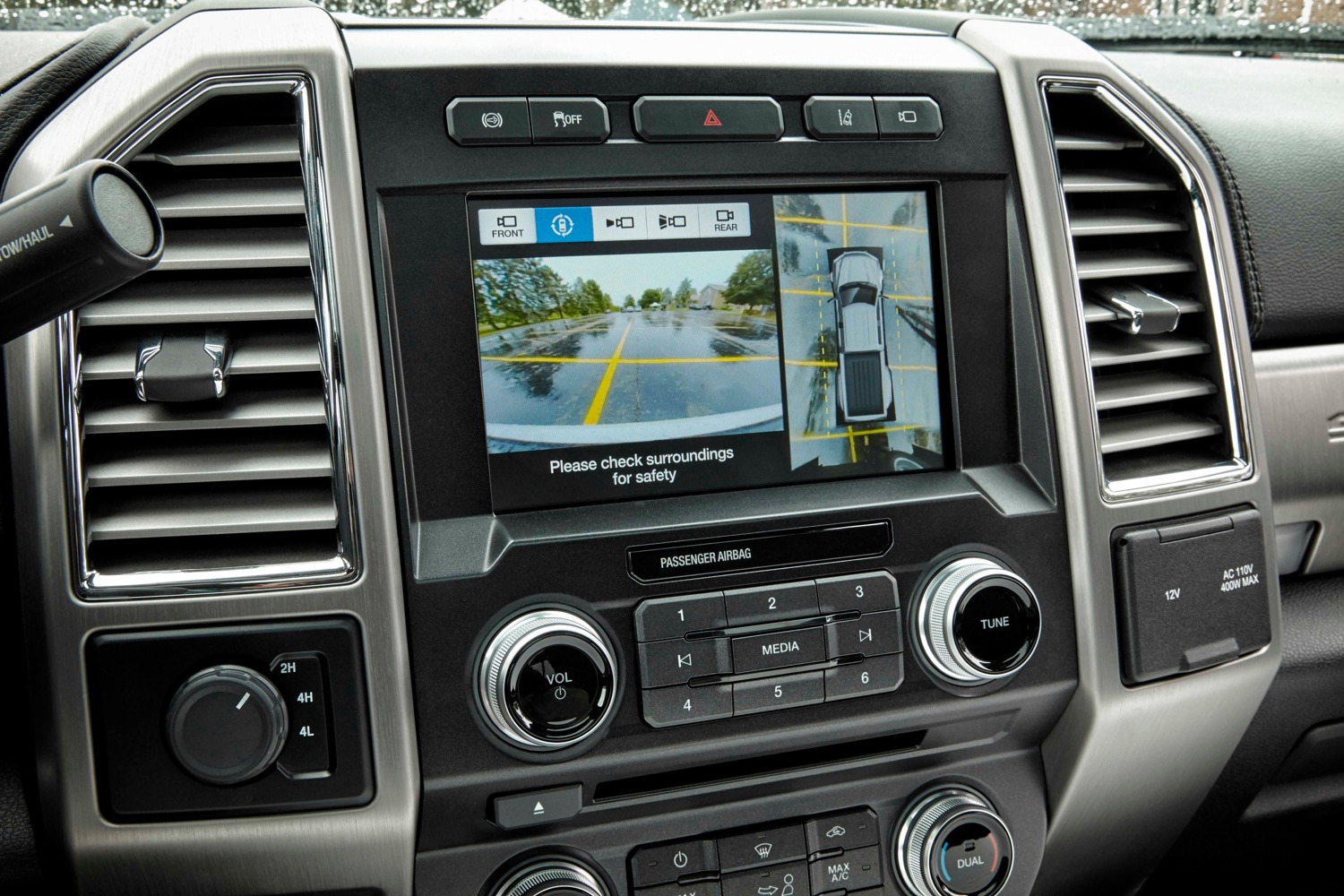 backup and parking tech 2017 Ford F-450Image: An example of a modern vehicle equipped with backup and parking assist technology.
backup and parking tech 2017 Ford F-450Image: An example of a modern vehicle equipped with backup and parking assist technology.
Aftermarket Options for Enhanced Parking Assistance
Beyond factory-installed systems, numerous aftermarket solutions are available to upgrade your vehicle’s parking capabilities. These options provide a way to modernize older cars and enhance safety. From basic backup cameras to more advanced systems, aftermarket options cater to various needs and budgets.
Government Regulations and Backup Camera Requirements
Since 2018, the National Highway Traffic Safety Administration (NHTSA) has mandated rearview cameras in all new vehicles. This regulation ensures that drivers have a clear view of the area behind their vehicle, reducing the risk of backover accidents. While these technologies are valuable tools, they should not replace attentive driving.
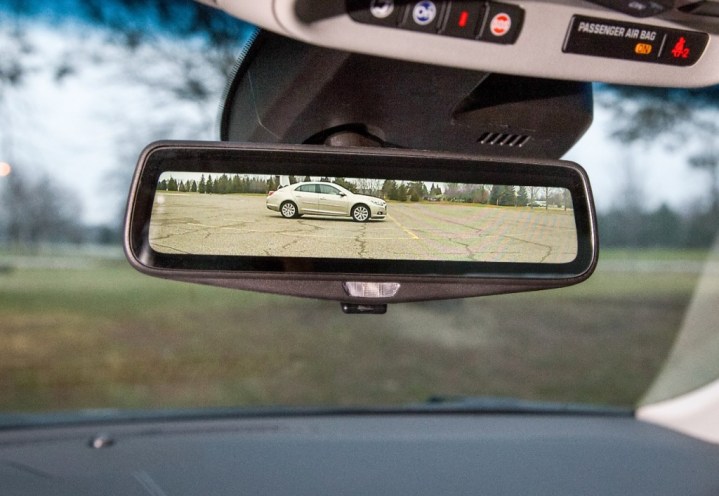 backup and parking techImage: A rearview camera display integrated into a vehicle’s rearview mirror.
backup and parking techImage: A rearview camera display integrated into a vehicle’s rearview mirror.
Leading Automakers and Their Parking Technology Innovations
Several automakers stand out for their innovative parking technologies. General Motors (GM) offers the Rear Camera Mirror, which seamlessly integrates a rearview camera display into the traditional rearview mirror. This clever solution provides a clear view without requiring drivers to change their usual habits.
Nissan’s Around View Monitor provides a 360-degree composite view of the vehicle’s surroundings, making parking significantly easier. This system is available on a wide range of Nissan models, including the Leaf.
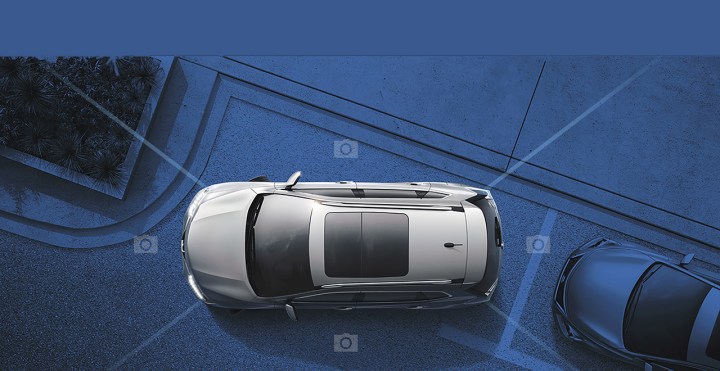 nissan around view monitor back-up cameraImage: Nissan’s Around View Monitor displays a 360-degree composite view.
nissan around view monitor back-up cameraImage: Nissan’s Around View Monitor displays a 360-degree composite view.
Subaru’s EyeSight system includes reverse autonomous braking, a feature that automatically applies the brakes if a collision is imminent while reversing. This technology goes beyond forward collision warnings and offers an additional layer of safety.
Ford’s Co-Pilot360 technology is particularly notable for its application in heavy-duty pickup trucks. This system offers up to seven cameras, including one that can be mounted on a trailer, providing comprehensive views for various towing scenarios.
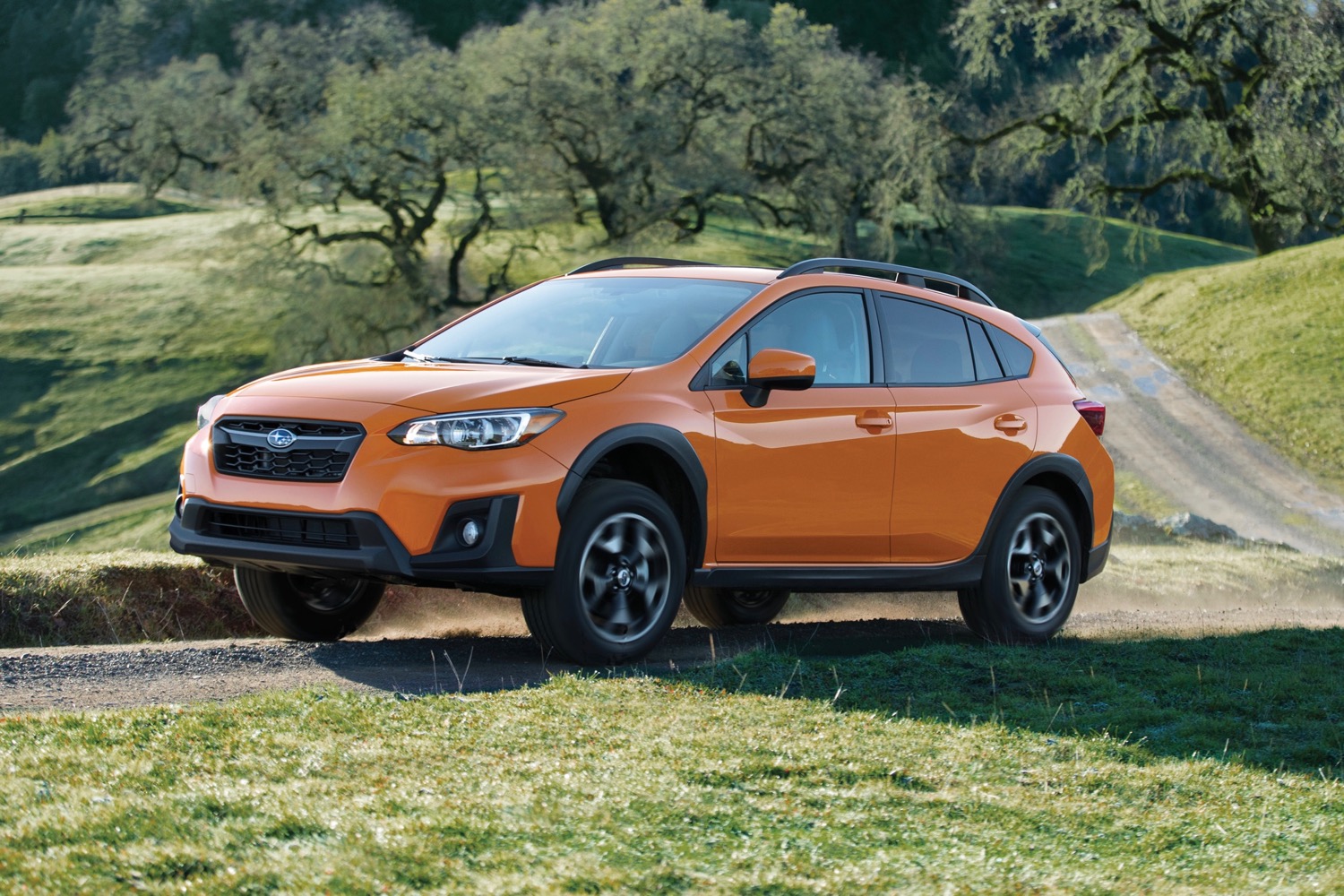 backup and parking tech subaru eyesightImage: Subaru’s EyeSight system offers advanced driver-assist features, including reverse autonomous braking.
backup and parking tech subaru eyesightImage: Subaru’s EyeSight system offers advanced driver-assist features, including reverse autonomous braking.
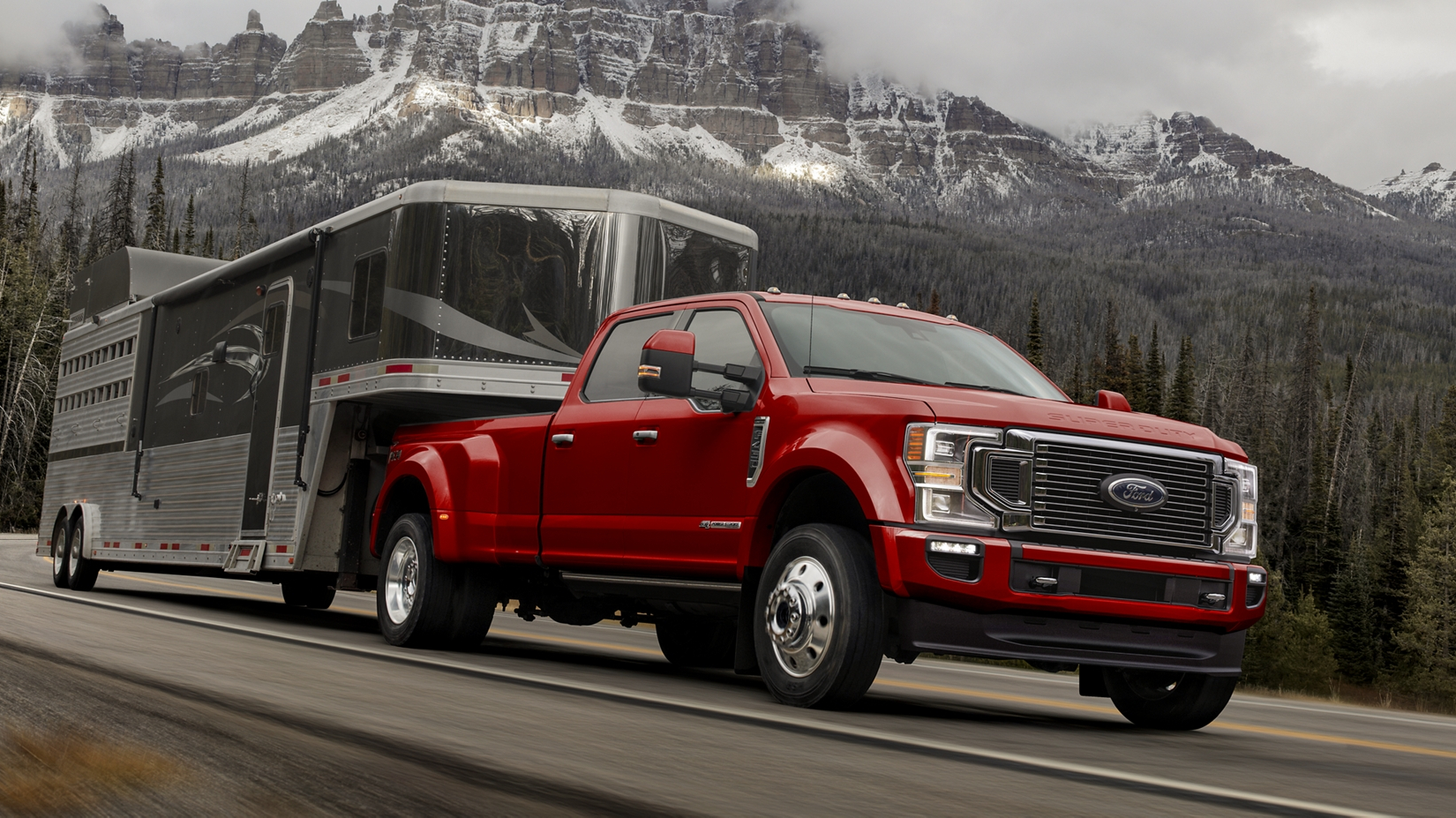 backup and parking tech ford co-pilot360Image: Ford’s Co-Pilot360 technology provides multiple camera views, including trailer and bed views.
backup and parking tech ford co-pilot360Image: Ford’s Co-Pilot360 technology provides multiple camera views, including trailer and bed views.
Conclusion: Parking with Confidence in the Modern Age
Backup and parking technologies have significantly improved the driving experience, making parking easier and safer. From basic backup cameras to advanced driver-assist systems, these innovations offer a range of options for drivers of all skill levels. As technology continues to evolve, we can expect even more sophisticated parking solutions in the future.



